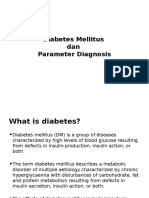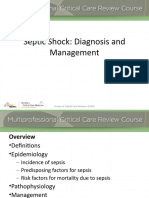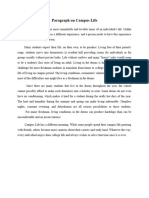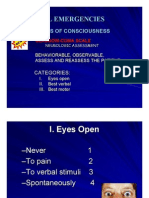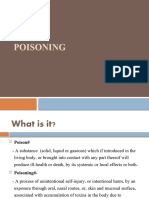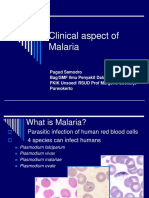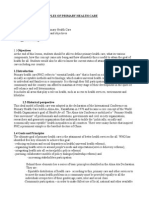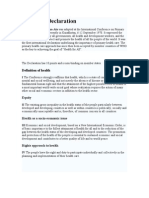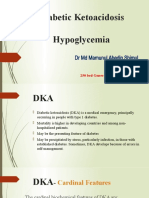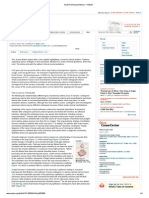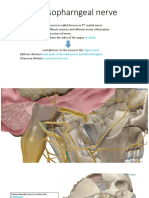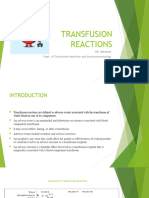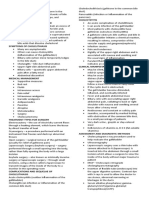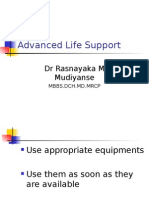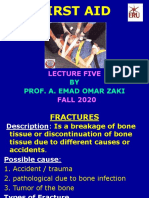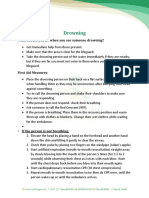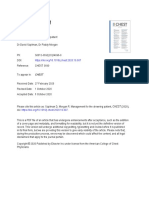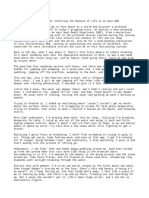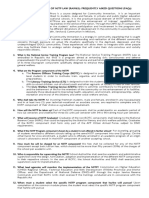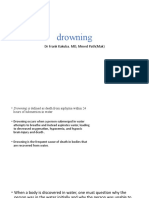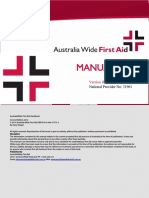0% found this document useful (0 votes)
133 views37 pagesLecture 2 First Aid Respiratory
1) Respiratory emergencies occur when normal breathing stops or is insufficient. Common causes include airway obstruction, drowning, and respiratory diseases. Signs include inability to breathe, loss of consciousness, and difficulty breathing.
2) First aid for respiratory emergencies includes calling for help, ensuring the airway is clear, and performing artificial respiration if the person is not breathing. Artificial respiration involves breathing into their mouth while pinching their nose.
3) Choking can be caused by food or foreign objects blocking the airway. For adults and children, back blows and abdominal thrusts are used to dislodge the obstruction. For infants, back blows are used while holding them upside down.
Uploaded by
MohamedCopyright
© © All Rights Reserved
We take content rights seriously. If you suspect this is your content, claim it here.
Available Formats
Download as PDF, TXT or read online on Scribd
0% found this document useful (0 votes)
133 views37 pagesLecture 2 First Aid Respiratory
1) Respiratory emergencies occur when normal breathing stops or is insufficient. Common causes include airway obstruction, drowning, and respiratory diseases. Signs include inability to breathe, loss of consciousness, and difficulty breathing.
2) First aid for respiratory emergencies includes calling for help, ensuring the airway is clear, and performing artificial respiration if the person is not breathing. Artificial respiration involves breathing into their mouth while pinching their nose.
3) Choking can be caused by food or foreign objects blocking the airway. For adults and children, back blows and abdominal thrusts are used to dislodge the obstruction. For infants, back blows are used while holding them upside down.
Uploaded by
MohamedCopyright
© © All Rights Reserved
We take content rights seriously. If you suspect this is your content, claim it here.
Available Formats
Download as PDF, TXT or read online on Scribd
/ 37




